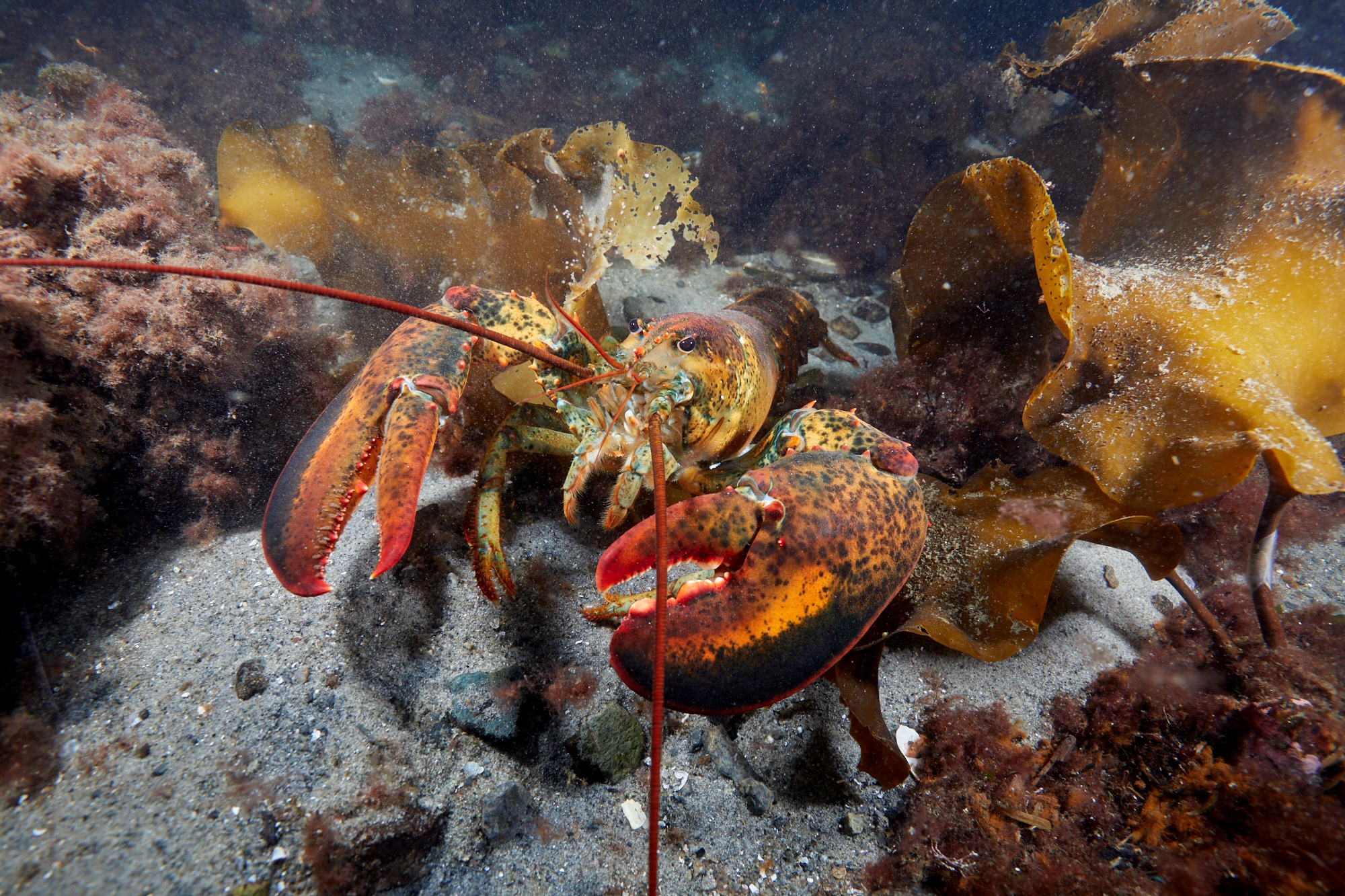By Dorothy Zimmerman, Florida Sea Grant
Apalachicola, home of world-famous oysters and producer of about 10 percent of the U.S. oyster supply, is once again in the headlines, but this time it’s for all the wrong reasons.
A steep decline in the oyster harvest has hundreds of fishermen, local leaders and seafood producers wondering if their unique fishery and way of life may be on the verge of collapse.
To help the industry bounce back, Florida Sea Grant, with funding from the Institute of Food and Agricultural Sciences at the University of Florida, has brought together university researchers, agency scientists and industry leaders to form the UF Oyster Recovery Team.
Karl Havens, director of Florida Sea Grant and the chair of the recovery team, told a U.S. Senate field hearing earlier this year that the recovery team’s investigations showed the main cause of the fishery’s sudden collapse was a die-off of young oysters, mostly likely linked to disease, predators, and the stress of two years of high salinity.
The decline became apparent as early as the summer of 2012, when sampling of Apalachicola Bay’s primary producing reefs – the same reefs that produced $6.6 million in dockside landings in 2011 – showed few oysters. State officials have since asked for and received a fisheries failure declaration from NOAA Fisheries.
While that petition awaits Congressional approval and funding, the UF recovery team has been working to implement its primary recommendation: large-scale restoration needed to achieve recovery of the Apalachicola Bay oyster industry. One proposal to conduct experimental reef restoration seeks $3 million and is before the National Fish and Wildlife Foundation.
Guided by results from that project, the team wants to conduct a much larger follow-on restoration using $30 million of RESTORE Act funds to rebuild as much as 1,000 acres of degraded reef habitat.
Apalachicola Bay, a lagoon situated along Florida’s northwest Gulf of Mexico coast, receives freshwater inputs from rivers flowing across three states – Georgia, Alabama and Florida. The freshwater inputs create the brackish water habitat essential for oysters to thrive, but in 2011 and 2012, prolonged drought turned the river basin into the driest place in the U.S.
While it is unclear whether reduced river flows were due to exceptional drought, or caused in part by upstream uses, resolving water allocation will be critical to finding a long-term solution for the oyster industry.
The team’s research also suggests that recovery of the commercial harvest to historical levels may take as much as a decade, but could be reduced to just three to four years if harvesting is greatly reduced, and a large-scale oyster reef restoration project occurs to replenish degraded habitat.
Close collaboration with the oyster industry has been critical to the successful outcomes of the recovery team, and will continue to be so for future challenges. Community leaders and Apalachicola Bay seafood producers have already formed a citizens’ action group, the Seafood Management Assistance Resource and Recovery Team, or SMARRT, to help facilitate cooperation that will lead to a lasting increase of oyster populations.
The UF oyster team’s initial report was published in April. This four-page executive summary characterizes conditions in the bay, reviews possible causes for the fishery collapse, and outlines a plan for future monitoring, research and fishery management.


